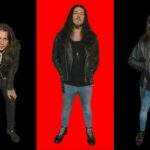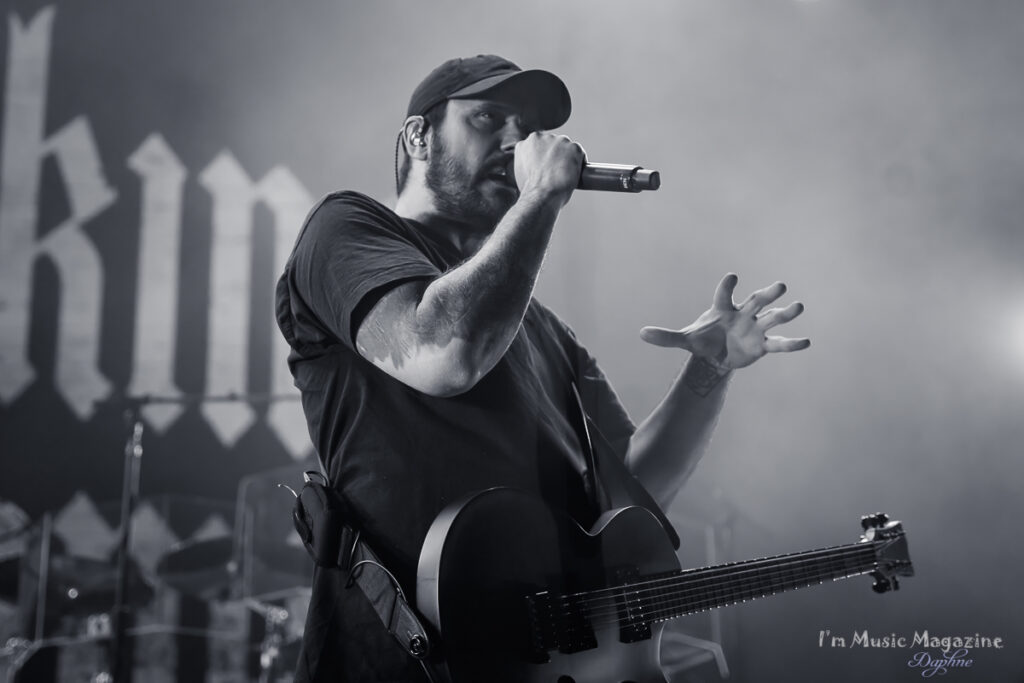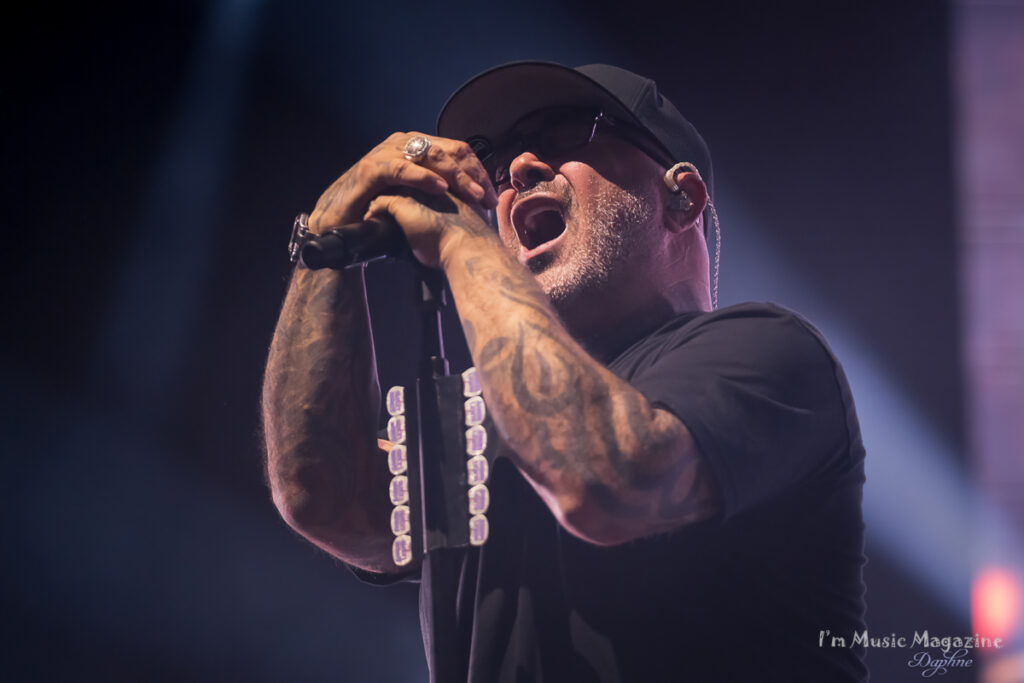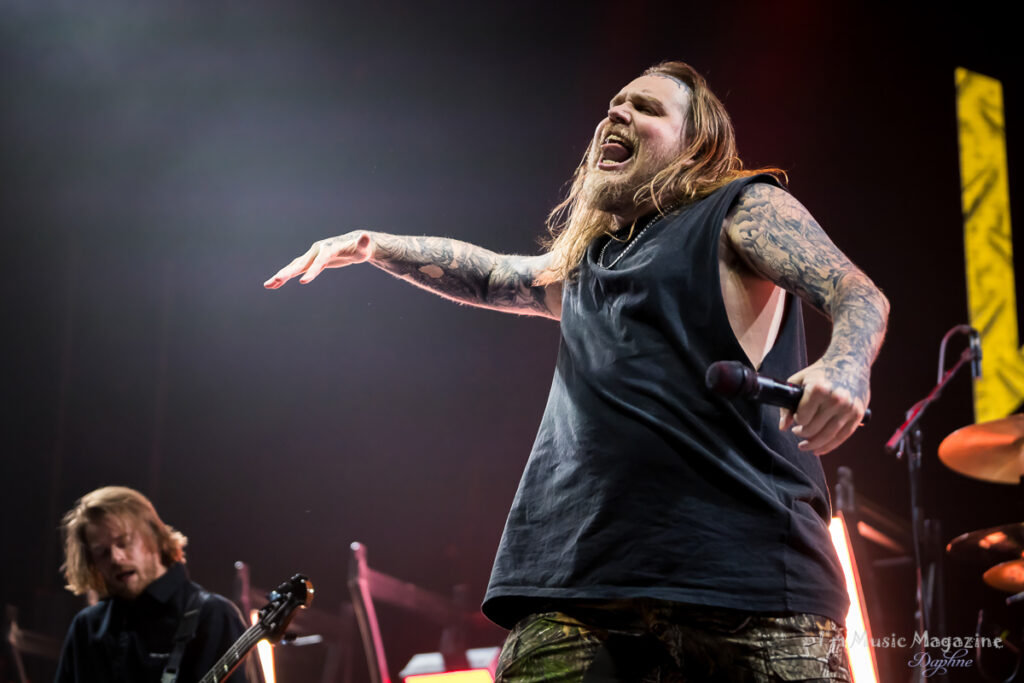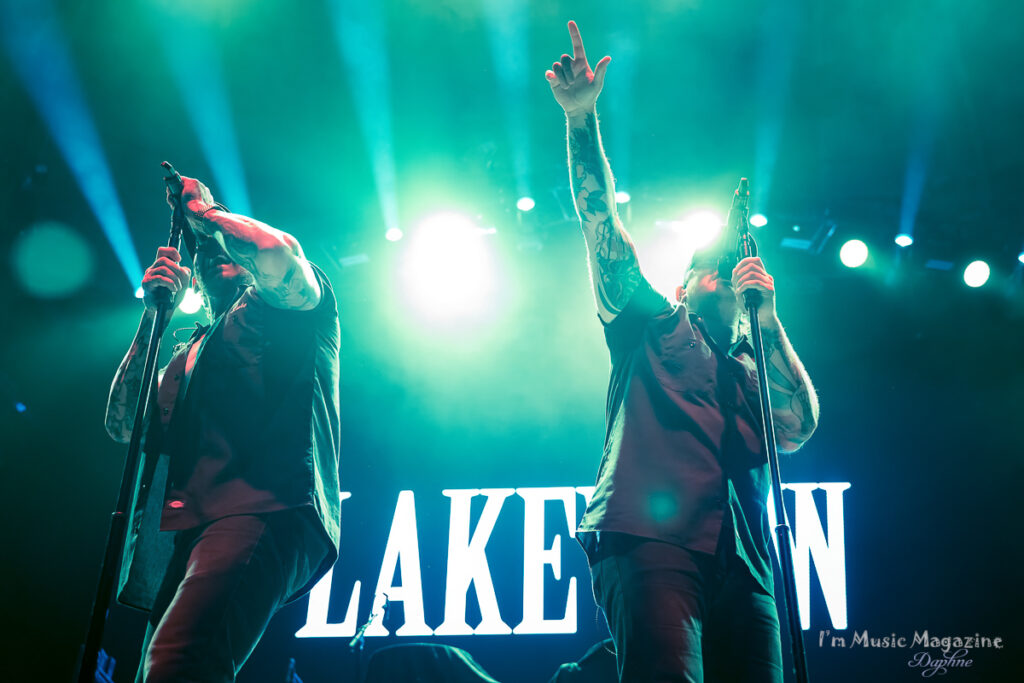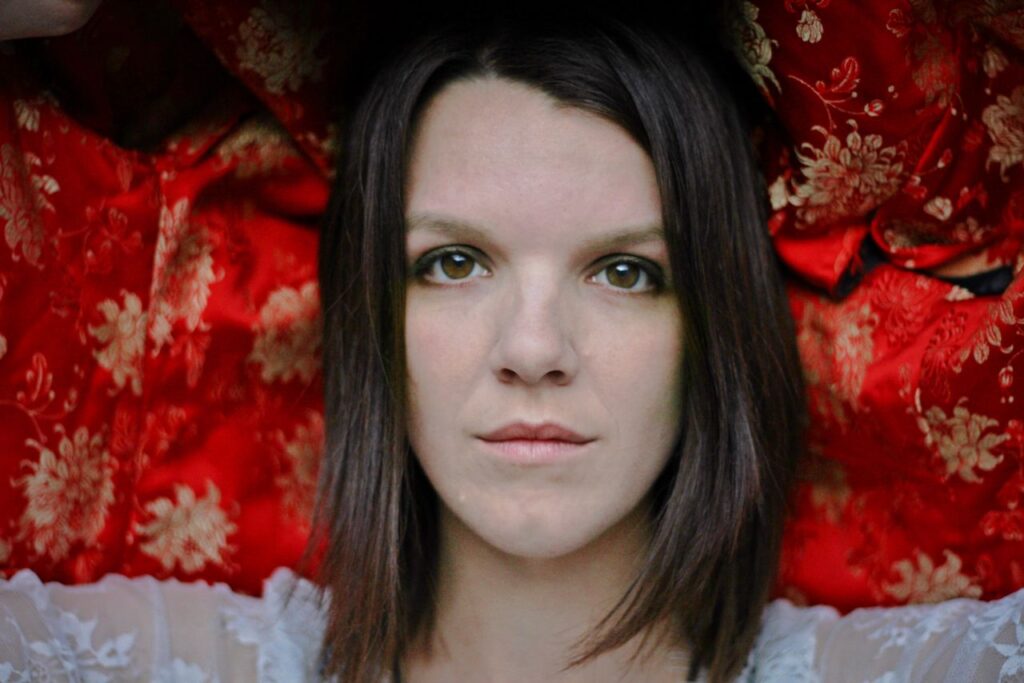
New Zealand-based artist Eden Iris recently released her highly anticipated debut album The Fuchsia & The Grey on April 9th. The follow-up to her 2018 debut Demons was entirely produced by Eden in her Burbank Home studio, alongside her longtime collaborators Jess Harlen and Alex Ellsworth, who performed all of the songs on the album. The artist explores her complex storytelling through haunting vocals and Indie -Folk music. I had the opportunity to speak with her about The Fuchsia and The Grey, growing up in LA, and what her future plans are.
Hello, could you introduce yourselves to the readers?
Hello! I’m Eden Iris, an artist from Auckland, New Zealand. I’m currently living in Burbank, California where I make music out of my home studio!
Your debut album, The Fuchsia and The Grey, is out on 4/9. Could you tell me a bit about it, and what listeners can expect?
My new album is a combination of various singles I have released recently, along with new material which ties in thematically to the album title. I have performed a lot of the songs on the album at local shows in LA or on live-streams during lockdown, so some of the songs may be familiar to folks who have seen me play live!
The music on the album is stark, atmospheric, as well as warm and poetic. How would you personally describe the music on the album? Also, was this the effect you were hoping to convey?
That’s a great compliment, thank you! Writing songs on the guitar in a folk-pop style is familiar to me by now so I wanted to incorporate some different sounds and genres. Perhaps I would describe it as cinematic/ethereal indie-folk-pop. I definitely wanted it to sound atmospheric and lush, but also quite stripped-down and intimate in places.
You have a new music video coming out on the same day as the album release, called “Death Is A Teacher.” Could you explain a little about this track, and what was it like to record the video?
Recording the song “Death Is a Teacher” took a few years to finish from its initial inception. It began as a musical loop which I would play on my laptop when I discovered the Latin opera vocal sample that is at the beginning of the song. I had a friend of mine pass away unexpectedly earlier that day, and at the time I was just trying to process everything. The lyrics are about grief, and thinking about the impermanence of everything. I also had a scene play out in my mind around that time where I actually met death. she was a woman wearing a black dress, and a black coat, who came to my door and told me not to be afraid. That inspired the narrative for the rest of the song. Writing it definitely gave me comfort during a difficult time and I never really thought it would be something I would release, so it’s quite surreal to me that it is the opening track on the album.
I had a lot of fun making the music video because it was an entirely new process for me. The majority of the video I shot on my phone on a very windy day at a park in the north valley (LA County). The rest of the footage was from hikes around Southern California over the last year. Samantha Myles (who played the lead) was amazing to work with and is such a natural. When we were filming the scene by the rock, when death touches her shoulder it was quite spooky, with the wind and everything! That scene was improvised but it become one of the most important and symbolic shots in the video. I guess I try to let my instincts guide me, with whatever project I’m working on. I think it’s important to stay in touch with how each decision makes you feel. If I’m not excited about it or it isn’t stirring up a strong emotion in me, it probably won’t do anything for anyone else.
Do you have any songs that you see as personal favorites?
That’s a hard one! Probably “Death Is a Teacher,” because it is so close to my heart. “Portrait of a Lady on Fire” and “Brittle & Blue” come in at a close second!
Were there any nerves, or expectations going into making your debut album?
I had aimed to release the album sooner, but at the end of the day the finished project is going to be out there forever and you want it to sound its very best! Because I was mixing some of the songs as well as producing them, the process was a little different – I had to step away sometimes to remain objective. That can be hard when you wear a lot of different hats on a project, which is why I like having at least one other set of ears on a song. As far as the actual music goes, I try to not have any expectations about how it will be received during the creative process and just focus on how it makes me feel.
What is the meaning behind the album title The Fuchsia and the Grey?
To me those two colors represent different moods, or states of being. The Fuchsia being the highs of life like falling in love, finding connection, and purpose. The grey is the mundane – the grief, despair, and devastation. We experience both and they leave their marks on us in different ways. Because these songs are about variety of different subjects, and stories, I wanted a phrase which could be something like an umbrella term for the human condition.
What were the recording and writing process behind it all?
Each song was a little different. With the exception of “Blue Home” and “Worse Things” all of the songs were recorded and produced at my home studio, usually starting out with a musical idea on the guitar. When I had the song structure down I would dive into production which was either by myself or with one of my collaborators.
Most of the songs took a lot of finessing and reworking, unfortunately I’m not someone who finishes a song overnight! It’s nice when that happens but the creative spirit can be elusive and demand patience. Especially lyrically, I like to take time to let the songs come in to their own like a fine wine. It’s kind of like finishing a puzzle, I’ve heard other songwriters say that.
Could you tell me about some of the collaborators that performed on the album? How did they fit in with recording, and the overall sound of the album?
Jess Harlen was the main collaborator on my previous EP, Demons (2018) and co-wrote/produced “Death Is a Teacher” and “Where Do You Put the Sunlight?” with me in early 2020 just before she moved back to Australia. I love working with Jess because she is always able to guide each initial vision I have into something that makes sense, with structure, and narrative. That’s an invaluable thing to find in a collaborator. Alex Ellsworth (3wrth) is an insanely talented producer who I wrote and produced “I Just Can’t Turn It Off (Alt Mix)” with. I like how we have really different musical influences and this always makes it a really exciting collaboration! In terms of the overall sound, I think we tried to let the songs and their narratives guide us in terms of what vibe would be the best fit. It can be fun to think of what mood we want to evoke, rather than a certain genre.
I understand you moved to LA at the age of 19 from New Zealand to pursue your music career. Do you feel this has helped develop your craft as a singer and writer?
Yes absolutely! it’s such a vibrant and competitive scene that I feel living in Los Angeles has pushed me as an artist. I’m so grateful for the opportunities I’ve had out here to work on my writing, engineering, and performing. I love the intensity and vibrancy of the city.
You have achieved some accolades in the past year, including Folk/acoustic act of the year, as well as had extensive airplay for your singles on local radio stations. How important is this for you as an artist to build a fanbase through this form of exposure?
Very important! Local and online radio is a great organic way of getting people to hear new music, which is valuable because there are so many options for entertainment these days. I’m definitely grateful for the support and exposure.
I know the pandemic has inflicted many musicians during this climate, how has this affected you? And do you plan to do any concerts once musicians are given the go ahead to resume?
It has been an intense, challenging year. It still feels surreal. I’m glad I had this project to focus on, because being lockdown can feel very isolating at times. It has made me lean on my writing a lot more just to get through the day. Sometimes it’s easier to sit with negative thoughts or feelings because they will help song ideas flow, but it’s not necessarily the best thing for your mental health. That’s a balancing act I learned a lot about last year. I’ll be gigging as soon as I can – I’m dealing with an overuse injury in my hands so I can’t play guitar right now. I think when this season of my life is over, I will have a greater appreciation for a lot of things including concerts. That’s something to look forward to!
I’m Music Magazine Contributing Writer Anselm Anderson


